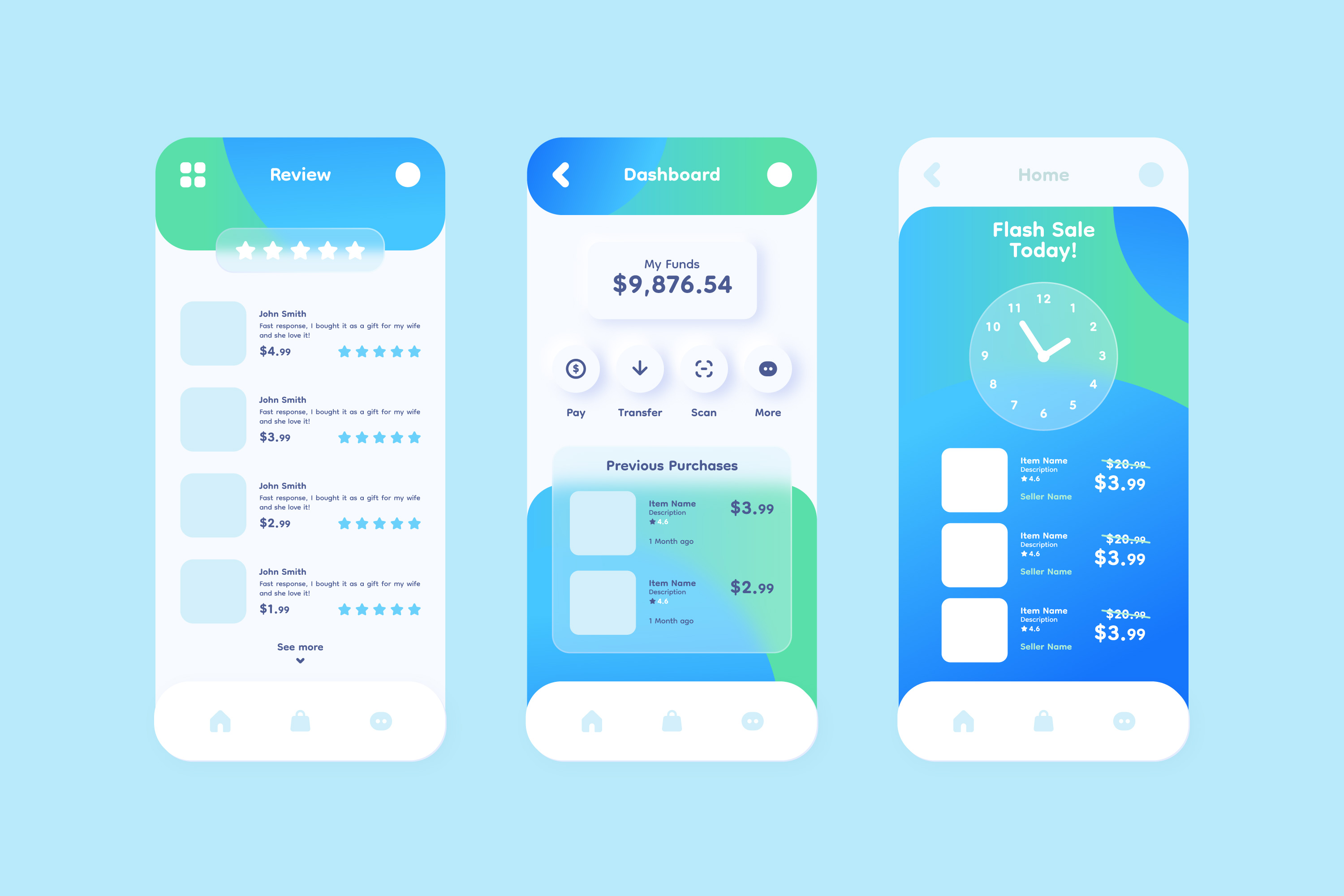App Integration & Functionality
App integration refers to the process of combining different software systems, applications, or platforms to work together and share data seamlessly. Integration enhances the functionality and efficiency of the individual applications by allowing them to communicate, exchange information, and perform actions across various systems. This is particularly important in the context of mobile apps, where seamless integration with other services and platforms can significantly enhance the user experience.
- Data Integration: Data integration involves combining and unifying data from various sources, such as databases, APIs, or cloud platforms, to provide a comprehensive and unified view of the data. Mobile apps can integrate with databases or external APIs to fetch real-time data, improving the app's functionality and relevance.
- API Integration: Integration with Application Programming Interfaces (APIs) allows apps to access functionalities and data from external services. APIs enable interactions with services like social media platforms, payment gateways, mapping services, weather information, and more. For instance, integrating a payment gateway API enables secure transactions within the app.
- Third-Party Integrations: Integrating third-party tools and services into the app enhances its capabilities. Examples include integrating analytics tools for tracking user behavior, customer support chatbots, email services, or push notification services.
- Cloud Integration: Integration with cloud services allows the app to store and retrieve data from the cloud, enhancing scalability, accessibility, and reliability. Cloud integration facilitates features like cloud storage, synchronization, and backup.
- Hardware Integration: Mobile apps can integrate with device hardware to utilize features such as camera, GPS, accelerometer, gyroscope, or fingerprint sensors. For example, a fitness app can use the device's accelerometer to track steps and activities.
- Social Media Integration: Integrating with social media platforms enables users to log in using their social media credentials, share app activities on their profiles, and invite friends to use the app. This integration enhances user engagement and can lead to organic app growth.
- Enterprise Integration: In the context of enterprise apps, integration with existing business systems, such as Customer Relationship Management (CRM) software, Enterprise Resource Planning (ERP) systems, or internal databases, is crucial for streamlining workflows and improving productivity.
- E-commerce Integrations: For e-commerce apps, integration with inventory management systems, payment gateways, shipping providers, and order tracking systems is essential for smooth operations and a seamless user experience.
- Authentication and Authorization Integration: Implementing secure authentication and authorization processes by integrating with authentication providers like OAuth or Single Sign-On (SSO) services ensures the app's security and user data protection.
- Workflow Automation: Integration can automate complex workflows by linking different apps or processes, reducing manual efforts and enhancing efficiency. For instance, a CRM app can automate lead generation by integrating with marketing tools.
In summary, app integration is fundamental for expanding app functionality, enhancing user experience, and enabling seamless interactions with various services and platforms. It allows mobile apps to leverage the capabilities of external systems, enriching the overall value and utility of the app for both users and businesses.
Workflow for App Integration
The workflow for app integration involves a structured series of steps to seamlessly combine different software systems, third-party services, APIs, and functionalities into the mobile app. Here's a general overview of the typical workflow for app integration:
- Requirement Analysis:
- Understand the specific requirements for integration, including the goals, desired functionalities, data to be exchanged, and the systems or services involved.
- Define the scope of integration and the expected outcomes.
- Research and Selection:
- Identify the APIs, third-party services, or systems that need to be integrated based on the project requirements.
- Research and evaluate the available integration options, considering factors like functionality, reliability, security, and cost.
- Documentation and Planning:
- Document the integration plan, outlining the integration points, data flow, and communication protocols.
- Define the integration architecture, considering the app's overall architecture and scalability requirements.
- Create a timeline and allocate resources for the integration process.
- Integration Design:
- Design the integration flow, specifying how the different components will interact and share data.
- Determine the data formats, protocols, and authentication mechanisms for communication between the app and external services or APIs.
- Development and Implementation:
- Develop the integration components, including code to connect to APIs, handle data exchange, and process responses.
- Integrate the necessary libraries, SDKs, or frameworks to facilitate integration.
- Implement error handling and ensure the robustness and reliability of the integration components.
- Testing:
- Conduct unit testing to ensure that each integration component functions as expected in isolation.
- Perform integration testing to verify that the integrated systems or services work together as intended.
- Test for edge cases, error scenarios, and performance to identify and resolve any issues.
- Validation and Quality Assurance:
- Validate the integrated features against the defined requirements and use cases to ensure they meet user expectations.
- Ensure that the integration complies with security standards and data privacy requirements.
- Deployment:
- Integrate the developed components into the main app codebase.
- Deploy the updated version of the app to the desired platforms (App Store, Google Play Store, enterprise app distribution, etc.).
- Monitoring and Optimization:
- Monitor the integrated features in the live environment to identify and address any performance issues, bugs, or other post-deployment concerns.
- Gather user feedback and analytics data to assess the success of the integration and make iterative improvements as needed.
- Documentation and Knowledge Transfer:
- Document the integration details, including APIs used, configuration settings, and any customizations made.
- Provide training or knowledge transfer to relevant team members or stakeholders involved in maintaining and managing the integration.
- Ongoing Maintenance and Updates:
- Regularly monitor the integrated components for updates, security patches, or changes in APIs, and update the integration accordingly to maintain its functionality and security.
By following this structured workflow, app integration can be executed effectively, ensuring a smooth integration process and a successful, functional, and integrated mobile app.
